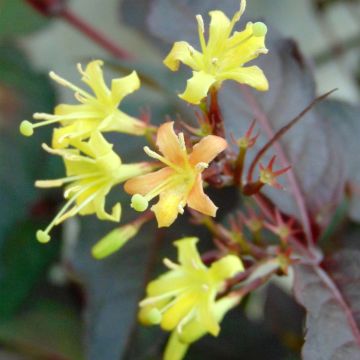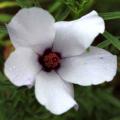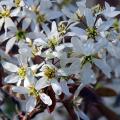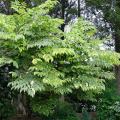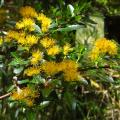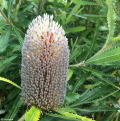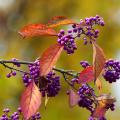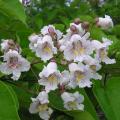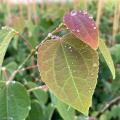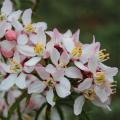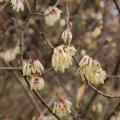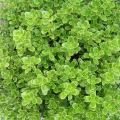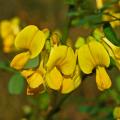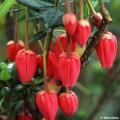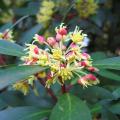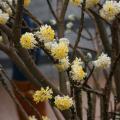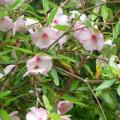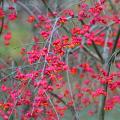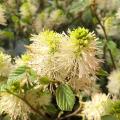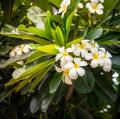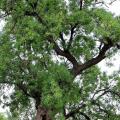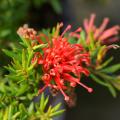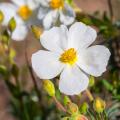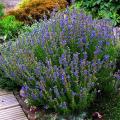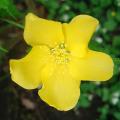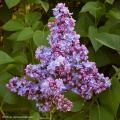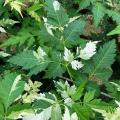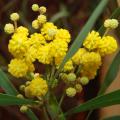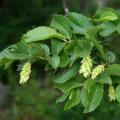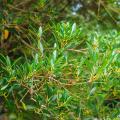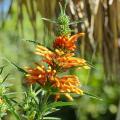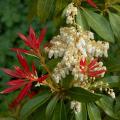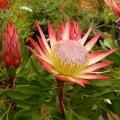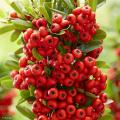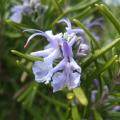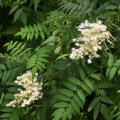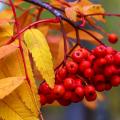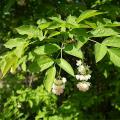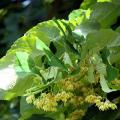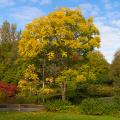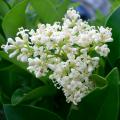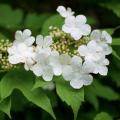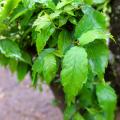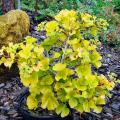Diervilla
Does this plant fit my garden? Set up your Plantfit profile →
Available in 2 sizes
Available in 1 sizes
Available in 1 sizes
Available in 2 sizes
Available in 2 sizes
Available in 1 sizes
Available in 2 sizes
Available in 1 sizes
Available in 2 sizes
Diervilla are deciduous bushes used for ornamental purposes, native to North America and related to Weigela. More or less suckering, with spreading branches and low requirements, they are often used as ground cover, such as Diervilla splendens, to bring some lushness to shaded areas, cluttered with tree roots and therefore difficult to plant. This genus from the family Caprifoliaceae has 3 species appreciated for their vigour, their young leaves tinged with bronze to purple, their flowering in early summer and their autumn colours. Their height varies from 1.30m (4ft) for Diervilla lonicera to 2m (7ft) for Diervilla rivularis, with a spread of 1.50m (5ft) to 2.50m (8ft). The flowers, yellow-green then light yellow, bloom on the previous year's branches, gathered in upright clusters at the end of the branches. They fade to cream-white and give way to small dark red berries. Diervillas are hardy in most of our regions, down to a minimum of -15°C (5°F). They adapt to a wide variety of well-drained soils and tolerate periods of moderate drought.
Diervillas are forest plants that appreciate shade but fear arid and scorching conditions: these bushes are perfect for animating a neglected spot under trees or in the shade of a building. Depending on your soil and climate, you will find beautiful ideas for combinations in our selection of semi-shade shrubs or in our dedicated section, "under the trees".
Haven't found what you were looking for?










































